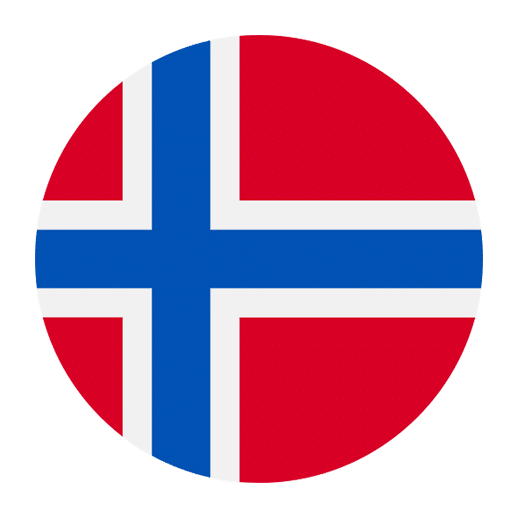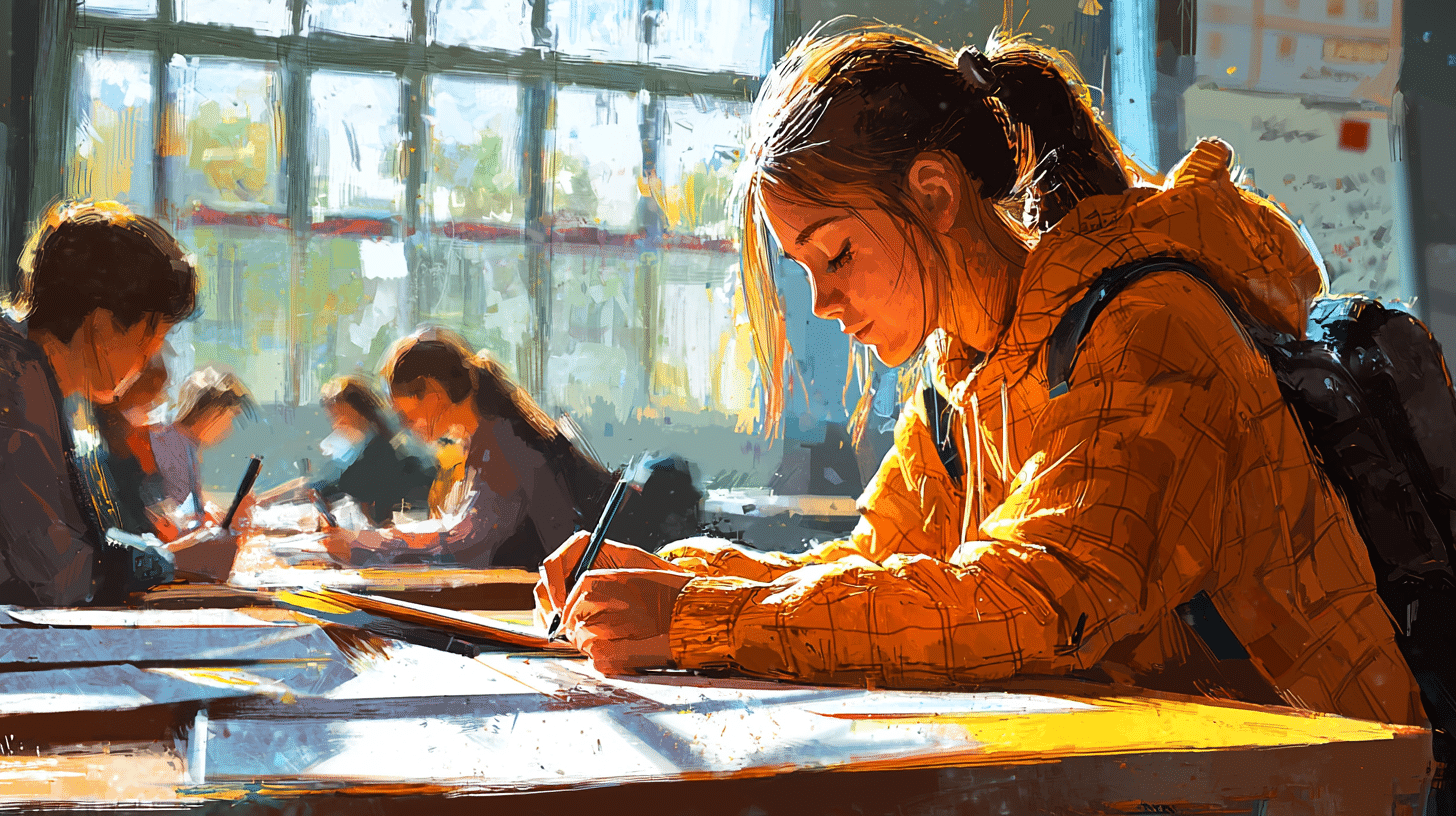Learning a new language involves more than just understanding grammar and syntax; it also includes familiarizing yourself with everyday vocabulary. If you’re learning Norwegian, expanding your vocabulary to include classroom and school supplies is essential. Whether you’re a student studying in Norway or someone interested in the language, knowing these terms can be incredibly useful. This article will provide you with a comprehensive list of Norwegian vocabulary related to classrooms and school supplies.
Basic Classroom Vocabulary
Let’s start with some basic classroom vocabulary. These are the terms you’ll likely hear and use frequently in any educational setting.
– **Klasserom** – Classroom
– **Skole** – School
– **Lærer** – Teacher
– **Elev** – Student
– **Pult** – Desk
– **Stol** – Chair
– **Tavle** – Blackboard/Whiteboard
– **Kritt** – Chalk
– **Tusj** – Marker
– **Kart** – Map
– **Timeplan** – Timetable
– **Blyantspisser** – Pencil sharpener
– **Søppelkasse** – Trash can
Classroom Activities and Objects
Next, let’s look at some terms related to activities and objects commonly found in a classroom.
– **Leksjoner** – Lessons
– **Lærebok** – Textbook
– **Øvingsbok** – Workbook
– **Notatbok** – Notebook
– **Papir** – Paper
– **Blyant** – Pencil
– **Penn** – Pen
– **Linjal** – Ruler
– **Viskelær** – Eraser
– **Saks** – Scissors
– **Lim** – Glue
– **Permer** – Binders
– **Hefte** – Booklet
– **Kalkulator** – Calculator
– **Datamaskin** – Computer
Specific School Supplies
Understanding specific school supplies can help you navigate a Norwegian classroom more effectively. Here’s a detailed list:
– **Ryggsekk** – Backpack
– **Blyantkasse** – Pencil case
– **Kladdebok** – Scribble pad
– **Fargeblyanter** – Colored pencils
– **Tusjer** – Markers
– **Kulepenn** – Ballpoint pen
– **Stiftemaskin** – Stapler
– **Hullmaskin** – Hole punch
– **Penal** – Pencil pouch
– **Korrekturvæske** – Correction fluid
– **Tegneblokk** – Drawing pad
– **Klistermerker** – Stickers
– **Tegnebok** – Drawing book
– **Notatblokker** – Notepads
Digital Classroom Supplies
Modern classrooms are increasingly digital, so it’s important to know the Norwegian terms for digital supplies and tools:
– **Bærbar datamaskin** – Laptop
– **Nettbrett** – Tablet
– **Hodetelefoner** – Headphones
– **Ladekabel** – Charging cable
– **Projektor** – Projector
– **Skjerm** – Screen
– **Tastatur** – Keyboard
– **Mus** – Mouse
– **USB-minnepinne** – USB flash drive
– **Internett** – Internet
– **E-post** – Email
School Subjects and Schedules
Being familiar with school subjects and schedule-related vocabulary can help you understand and follow your timetable better.
– **Matematikk** – Mathematics
– **Naturfag** – Science
– **Engelsk** – English
– **Norsk** – Norwegian
– **Historie** – History
– **Geografi** – Geography
– **Kunst** – Art
– **Musikk** – Music
– **Gymnastikk** – Physical Education (PE)
– **Religion** – Religion
– **Kjemi** – Chemistry
– **Fysikk** – Physics
– **Biologi** – Biology
Timetable and Scheduling Terms
Here are some useful terms to help you understand and organize your school schedule:
– **Time** – Class period
– **Friminutt** – Break
– **Lunsj** – Lunch
– **Skoleklokke** – School bell
– **Avtale** – Appointment
– **Kalender** – Calendar
– **Skoleår** – School year
– **Semester** – Semester
– **Eksamen** – Exam
– **Prøve** – Test
– **Hjemmelekser** – Homework
Common Phrases Used in the Classroom
Knowing some common classroom phrases can make communication easier and more effective.
– **Kan jeg få låne en blyant?** – Can I borrow a pencil?
– **Hva er lekser til i morgen?** – What is the homework for tomorrow?
– **Jeg forstår ikke.** – I don’t understand.
– **Kan du gjenta det?** – Can you repeat that?
– **Når er neste time?** – When is the next class?
– **Jeg trenger hjelp.** – I need help.
– **Kan jeg gå på toalettet?** – Can I go to the bathroom?
– **Hvor er biblioteket?** – Where is the library?
– **Hva betyr dette ordet?** – What does this word mean?
– **Kan du forklare det på en annen måte?** – Can you explain that in another way?
Tips for Learning Classroom Vocabulary
Learning new vocabulary can be a challenge, but here are some tips to make it easier:
– **Flashcards**: Create flashcards with the Norwegian term on one side and the English translation on the other. Review them regularly.
– **Labeling**: Label your school supplies in Norwegian. For example, put a label saying “blyant” on your pencil.
– **Practice**: Use the vocabulary in sentences and try to incorporate them into your daily conversations.
– **Listening**: Listen to Norwegian audio resources like podcasts, audiobooks, or YouTube videos that focus on school settings.
– **Writing**: Write short paragraphs or essays using the new vocabulary.
– **Speaking**: Practice speaking with a language partner or tutor. Try to use as many new terms as possible.
Advanced Vocabulary
Once you’re comfortable with the basics, you can challenge yourself with some advanced vocabulary related to specific subjects or activities.
Science and Lab Equipment
If you’re studying science, these terms will come in handy:
– **Mikroskop** – Microscope
– **Bunsenbrenner** – Bunsen burner
– **Reagensrør** – Test tube
– **Beholder** – Beaker
– **Pipette** – Pipette
– **Skala** – Scale
– **Vekt** – Weight
– **Sentrifuge** – Centrifuge
– **Termometer** – Thermometer
– **Sikkerhetsbriller** – Safety glasses
Art Supplies
For those interested in art, knowing these terms can be beneficial:
– **Maling** – Paint
– **Pensel** – Paintbrush
– **Lerret** – Canvas
– **Palett** – Palette
– **Kullstift** – Charcoal stick
– **Akrylmaling** – Acrylic paint
– **Akvarell** – Watercolor
– **Skissebok** – Sketchbook
– **Staffeli** – Easel
– **Blyanttegning** – Pencil drawing
Conclusion
Learning classroom and school supplies vocabulary in Norwegian can significantly enhance your ability to communicate and navigate within educational settings. From basic classroom objects to specific school supplies, this vocabulary will serve as a valuable tool in your language-learning journey. Remember to practice regularly, use the vocabulary in context, and don’t hesitate to seek help when needed. Happy learning!

